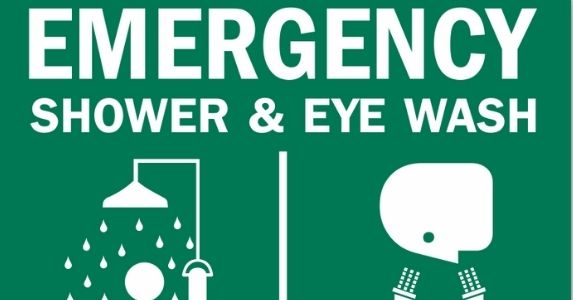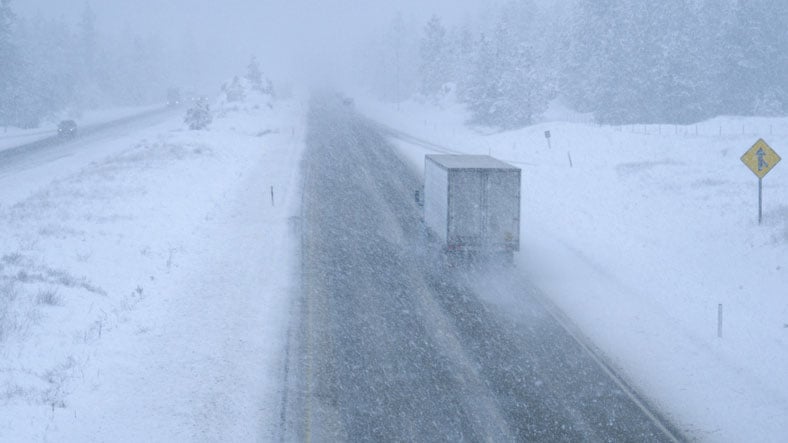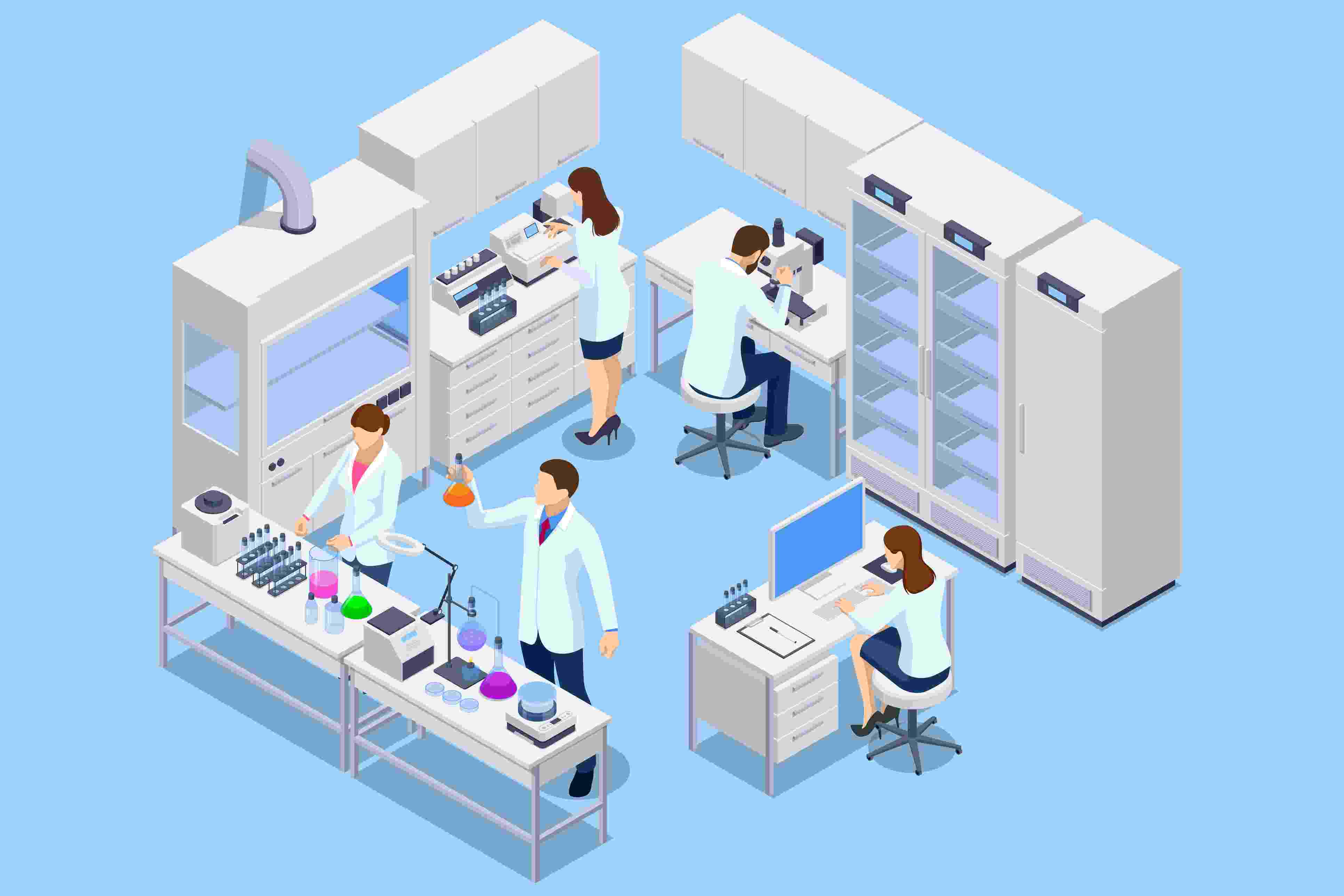4 Best Practices for Maintaining Your Eyewash and Safety Showers
Emergency shower and eyewash stations are essential safety features in any setting where dangerous chemicals are used. It is rare to walk through a laboratory without coming across at least one, and with good reason: Any time a person comes in direct contact with a dangerous chemical, the response in the first 15 seconds after exposure is critical to preventing serious injury. While proper personal protective equipment (PPE) and process engineering can mitigate the risk of exposure, you still need to make sure your eyewash and safety showers will work if they need to be activated. It is not enough to simply install them at your site and move on. Rather, there are a number of steps you can take to ensure they are ready for use if an emergency occurs.
Here are four best practices for maintaining your emergency shower and eyewash station:
1. Provide training to all individuals who may be exposed to hazardous materials.
An eyewash and safety shower is only useful if you know where to find it and how to activate it. Individuals who are exposed should know immediately where to go and how to activate the water supply to its maximum flow, as every second is critical when responding to an accident. Employees and students must also understand what types of exposure require treatment with an emergency shower and eyewash station.
2. Perform weekly and annual inspections.
Whereas OSHA regulations set the general requirement for providing an emergency shower and eyewash station, ANSI standard Z358.1 defines the specific design, inspection, and maintenance requirements. The ANSI standard calls for a weekly activation of all plumbed eyewash and safety showers in order to confirm that flushing fluid is available. This practice also helps to avoid sedimentation and/or contamination near the head of the equipment. Along with this weekly flushing, all eyewash and safety showers must be inspected and re-certified on an annual basis to ensure conformance with ANSI’s design specifications.
3. Ensure that all stations are easily accessible.
Like best practice #1 above, this one is all about minimizing the time between exposure and treatment. Two rules of thumb to maintain accessibility are as follows:
- There should be a 16-inch radius from the head of the shower that is completely clear of any obstructions. A common mistake is using this space as storage. As a best practice, we recommend using floor tape to clearly delineate the area as well as a shower and eyewash sign.
- There should never be more than one door between an individual’s work space and the closest eyewash and safety shower.
In addition to these requirements, staying vigilant and using good judgment can go a long way.
4. Complete a quarterly site walk and review dedicated to eyewash and safety showers.
Whether on a manufacturing floor or in a research lab, people and processes are constantly changing. A space that was using benign materials last month may now be working with corrosives and other dangerous chemicals. Likewise, a new manager may be unaware of your organization’s inspection and maintenance requirements when it comes to emergency shower and eyewash stations. Performing a thorough site walk will ensure that accessible eyewash and safety showers are provided in each location where exposure is possible, even as spaces change. Also, reviewing your expectations for training and inspections with the responsible parties will help guarantee a quick, effective response should an emergency occur.
Eyewash and safety showers are vital for ensuring health and safety wherever dangerous chemicals are being used. The aforementioned best practices will help your organization remain in compliance, and also ensure that your emergency shower and eyewash station will properly activate if necessary. In addition to these tips, we encourage you to stay proactive and avoid exposure risks whenever possible.
Click here to watch our on-demand Eye and Face Protection webinar and learn how you can ensure safety and compliance in the lab!






